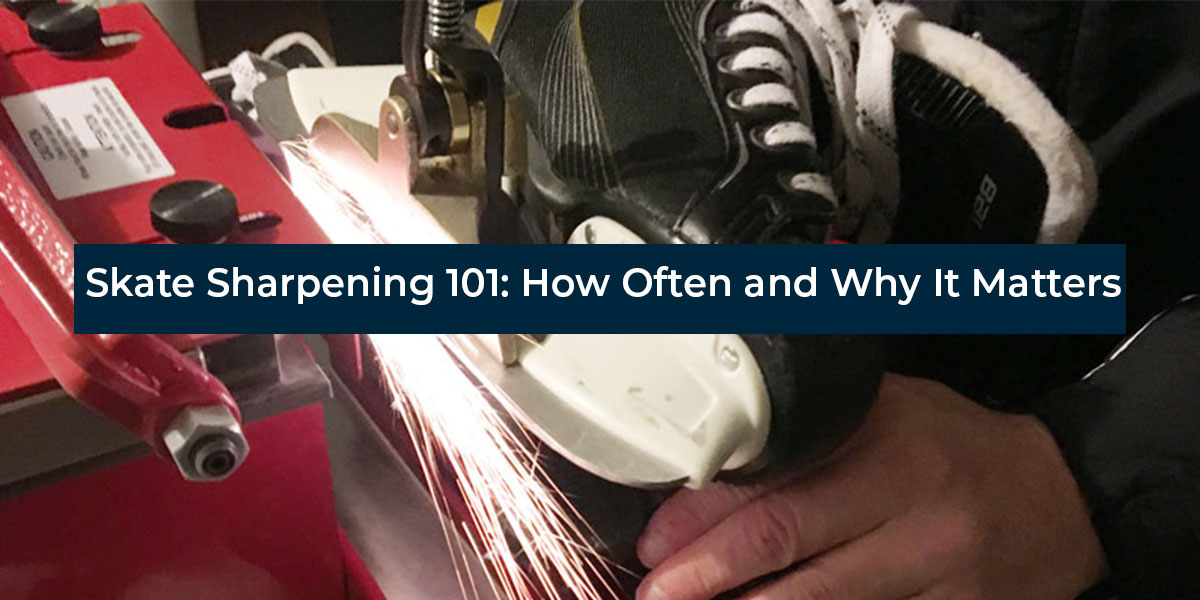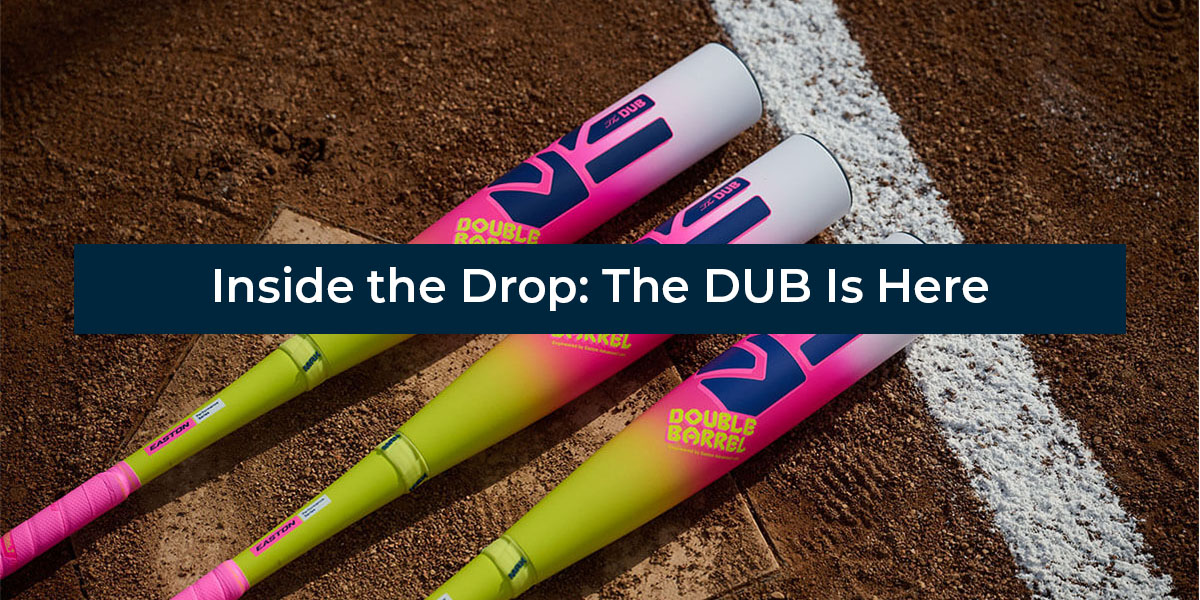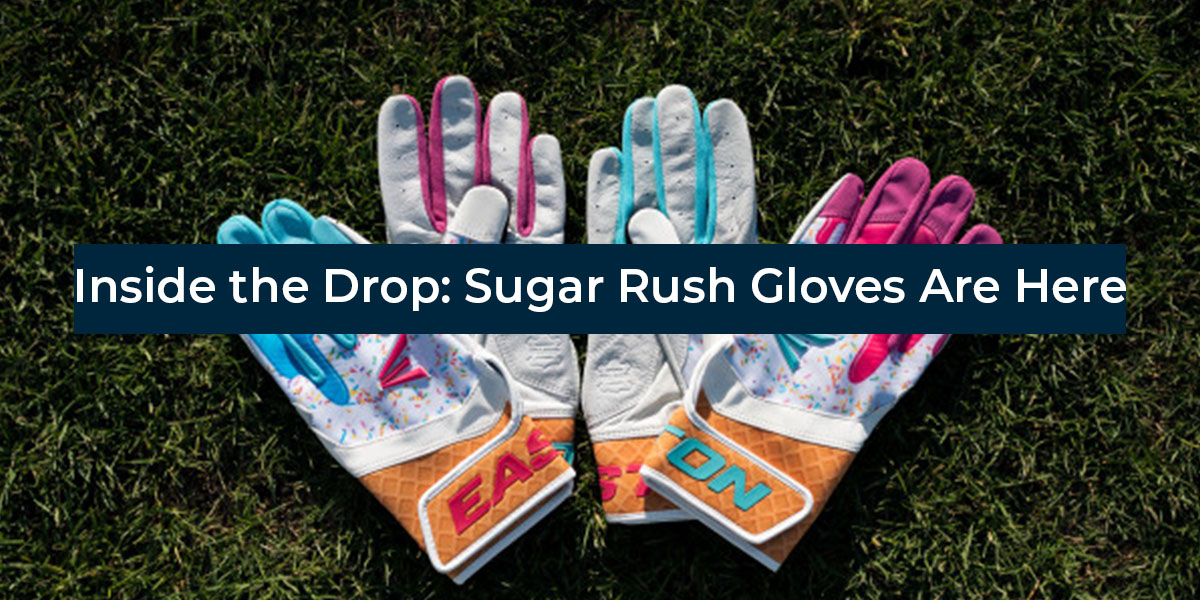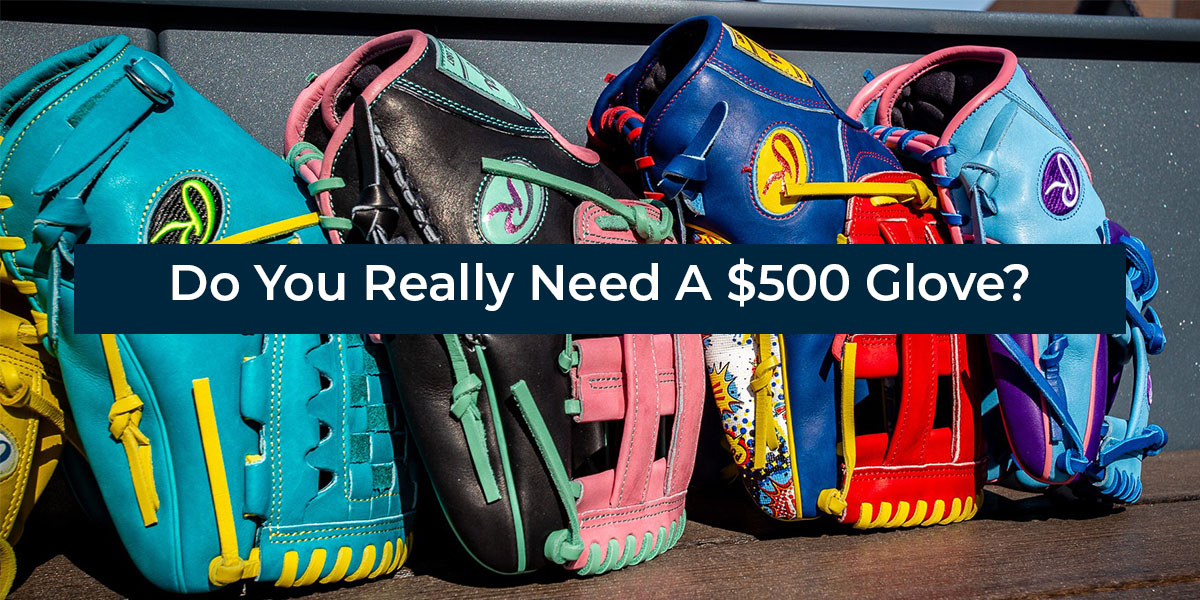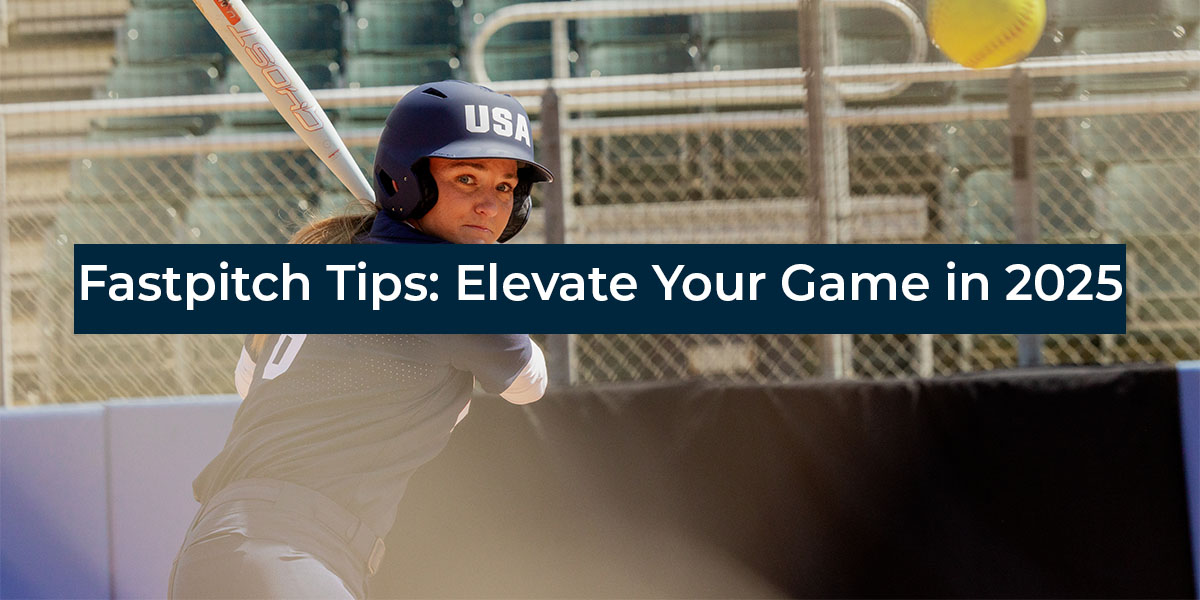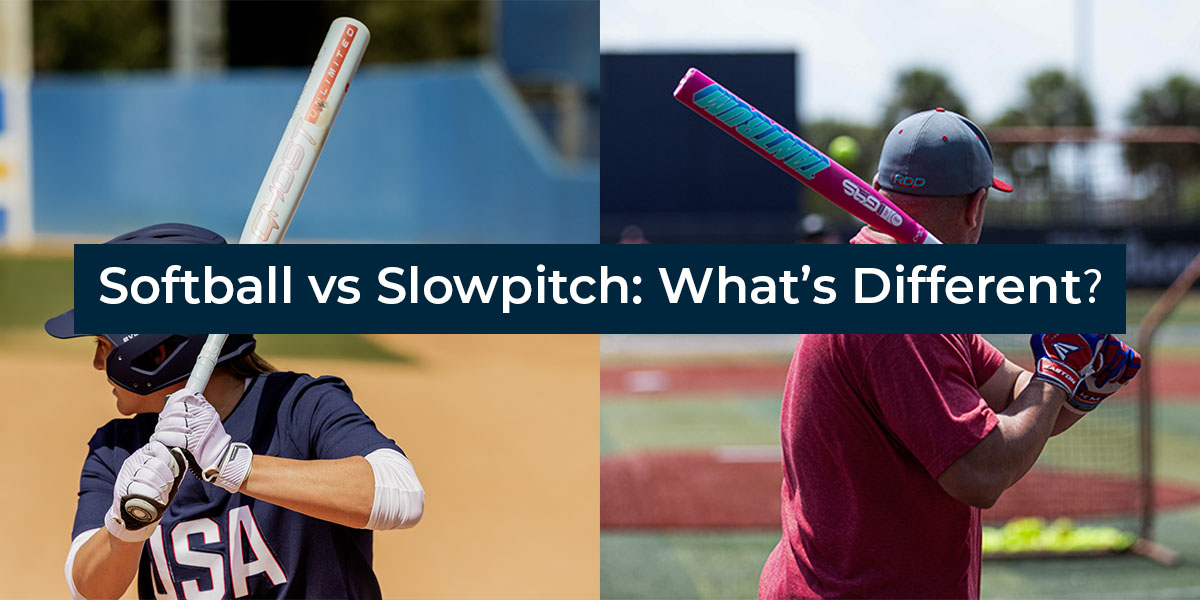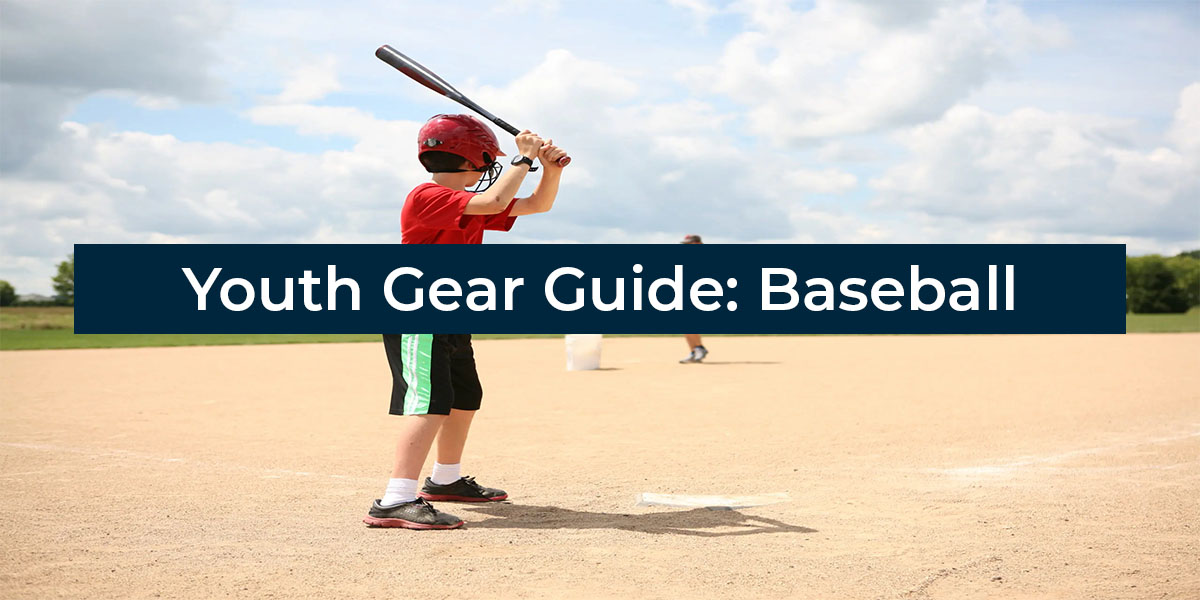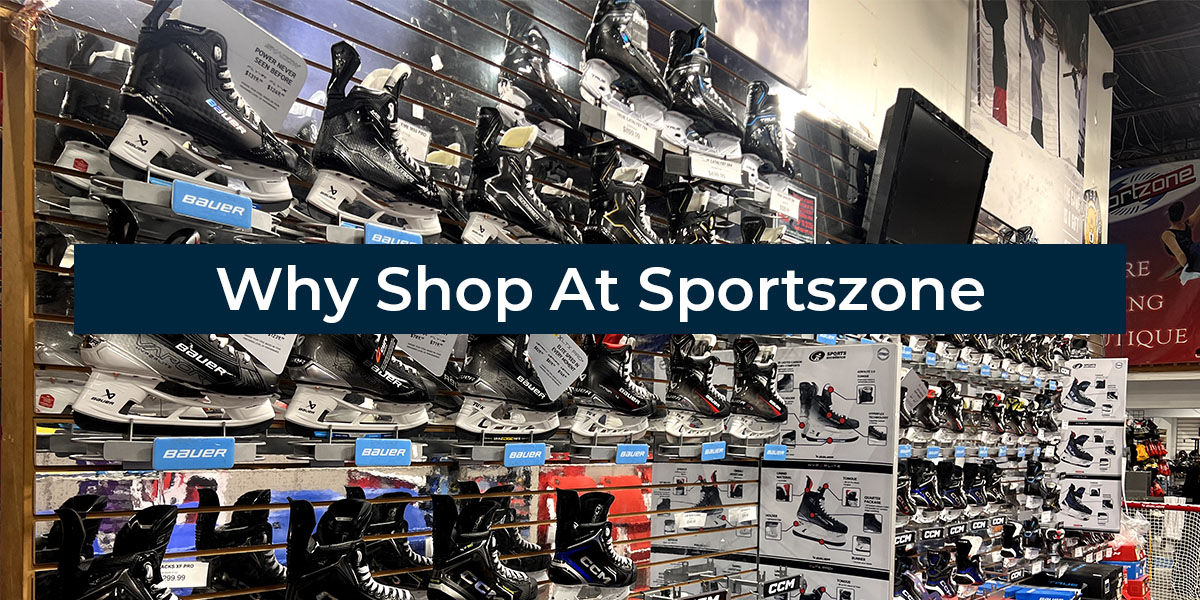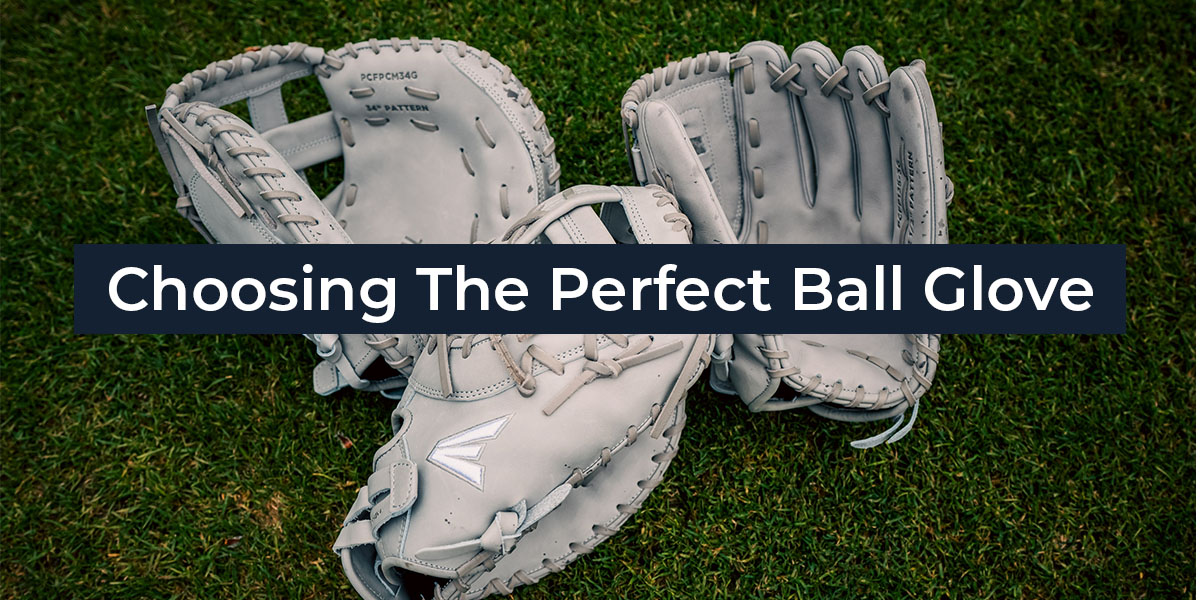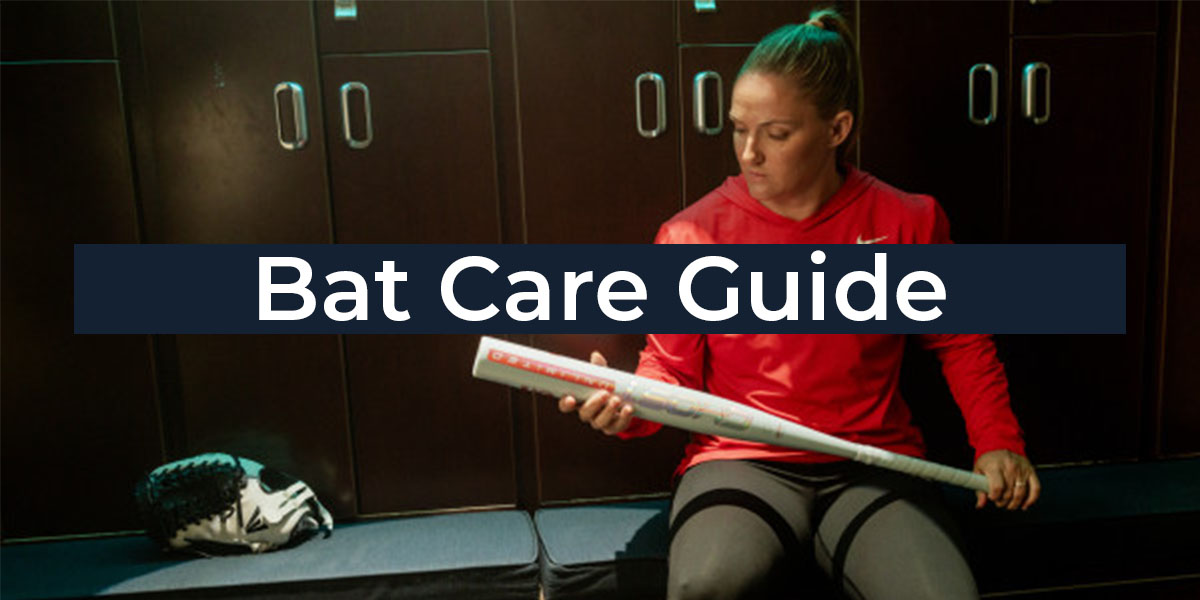Skate Sharpening 101: How Often and Why It Matters
- By SportsZone Canada
- May 29, 2025
Skate Sharpening 101: How Often and Why It Matters
Dull blades ruin more than your edgework — they can ruin your game. In this guide, we break down how often to sharpen, how hollow affects performance, and what signs to watch for.
What You’ll Learn:
- How often to sharpen based on play style
- What skate hollow means — and how to choose
- Tips to know when your edges are dull
- Pricing for regular, flat bottom, and figure sharpenings
